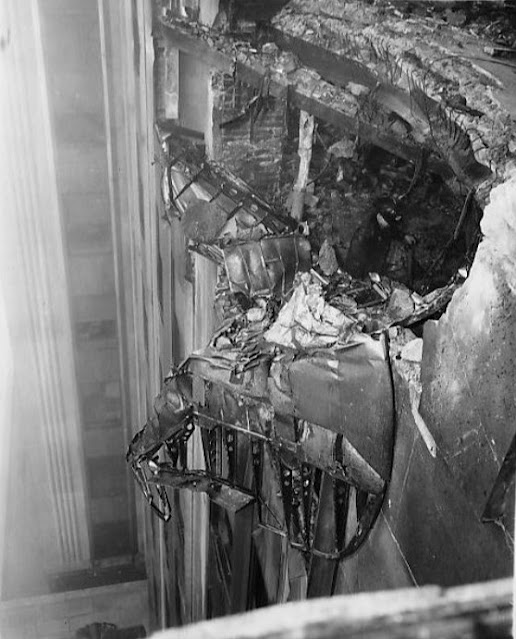On This Date In History
On July 28, 1868, following its ratification by the necessary three-quarters of U.S. states, the 14th Amendment, guaranteeing to African Americans citizenship and all its privileges, is officially adopted into the U.S. Constitution despite repeated, desperate attempts by Democrats to defeat it. Secretary of State William Seward issues a proclamation certifying the amendment.
Two years after the Civil War, the Reconstruction Acts of 1867 divided the South into five military districts, where new state governments, based on universal manhood suffrage, were to be established. Thus began the period known as Radical Reconstruction, which saw the 14th Amendment, which had been passed by Congress in 1866, ratified in July 1868. The amendment resolved pre-Civil War questions of African American citizenship by stating that “all persons born or naturalized in the United States…are citizens of the United States and of the state in which they reside.” The amendment then reaffirmed the privileges and rights of all citizens, and granted all these citizens the “equal protection of the laws.”
In the decades after its adoption, the equal protection clause was cited by a number of African American activists who argued that racial segregation denied them the equal protection of law. However, in 1896, the U.S. Supreme Court ruled in Plessy v. Ferguson that states could constitutionally provide segregated facilities for African Americans, so long as they were equal to those afforded white persons. The Plessy v. Ferguson decision, which announced federal toleration of the so-called “separate but equal” doctrine, was eventually used to justify segregating all public facilities, including railroad cars, restaurants, hospitals, and schools. However, “colored” facilities were never equal to their white counterparts, and African Americans suffered through decades of debilitating discrimination in the South and elsewhere. In 1954, Plessy v. Ferguson was finally struck down by the Supreme Court in its ruling in Brown v. Board of Education of Topeka.
On July 28, 1945, a United States military plane crashes into the Empire State Building on this day in 1945, killing 14 people. The freak accident was caused by heavy fog.
The B-25 Mitchell bomber, with two pilots and one passenger aboard, was flying from New Bedford, Massachusetts, to LaGuardia Airport in New York City. As it came into the metropolitan area on that Saturday morning, the fog was particularly thick. Air-traffic controllers instructed the plane to fly to Newark Airport instead.
This new flight plan took the plane over Manhattan; the crew was specifically warned that the Empire State Building, the tallest building in the city at the time, was not visible. The bomber was flying relatively slowly and quite low, seeking better visibility, when it came upon the Chrysler Building in midtown. It swerved to avoid the building but the move sent it straight into the north side of the Empire State Building, near the 79th floor.
Upon impact, the plane’s fuel exploded, filling the interior of the building with flames all the way down to the 75th floor and sending flames out of the hole the plane had ripped open in the building’s side. One engine from the plane went straight through the building and landed in a penthouse apartment across the street. Other plane parts ended up embedded in and on top of nearby buildings. The other engine snapped an elevator cable while at least one woman was riding in the elevator car. The emergency auto brake saved the woman from crashing to the bottom, but the engine fell down the shaft and landed on top of it. Quick-thinking rescuers pulled the woman from the elevator, saving her life.
Since it was a Saturday, fewer workers than normal were in the building. Only 11 people in the building were killed, some suffering burns from the fiery fuel and others after being thrown out of the building. All 11 victims were workers from War Relief Services department of the National Catholic Welfare Conference, into the offices of which the plane had crashed. The three people on the plane were also killed.
An 18 foot by 20 foot hole was left in the side of the Empire State Building. Though its structural integrity was not affected, the crash did cause nearly $1 million in damages, about $10.5 million in today’s money.










No comments:
Post a Comment